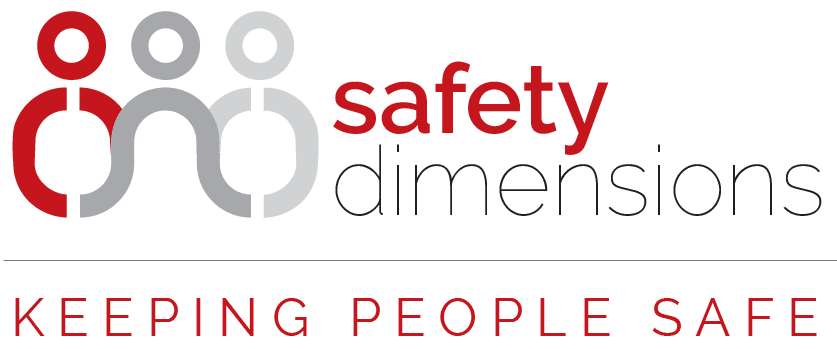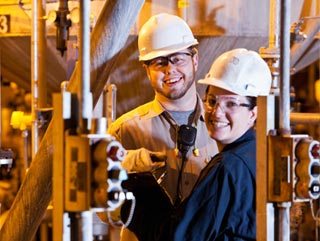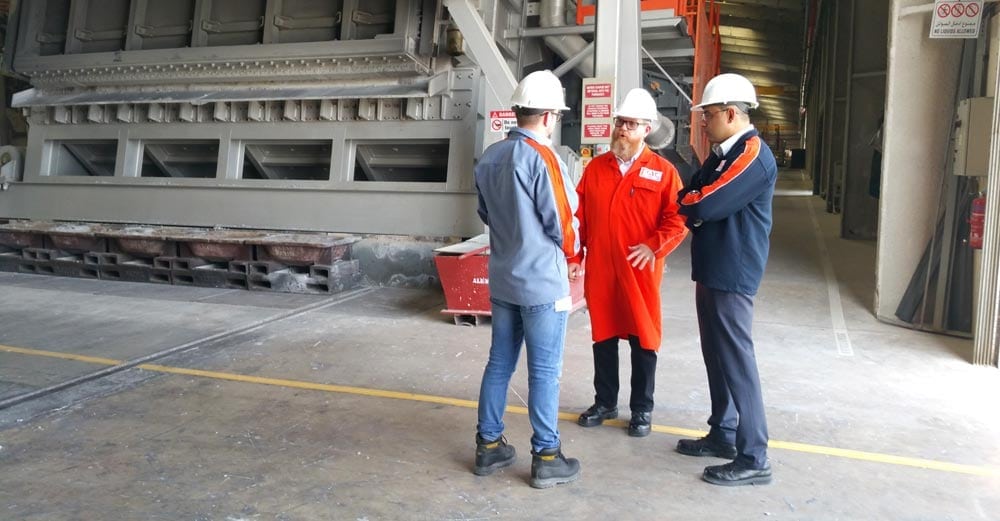Not getting improvements in your safety leadership culture, or safety statistics?
It’s highly likely your organisation has failed to engage your people at the hearts and minds’ level required to create and sustain a strong safety culture.
Research shows unsafe acts (behaviours) contribute to 80% of accidents or incidents, whilst unsafe conditions contribute to 20% of accidents or incidents (Hollnagel 1993, Reason 1990).
Frighteningly, this shows that people’s behaviours are more responsible for accidents than are unsafe environments. The statistics highlight that organisations can have the most stringent safety processes and procedures in the world, yet still have a high incident rate through a failure to engage workers’ values, beliefs, mindsets and attitudes – the keys to changing behaviour.
With a strong demand from organisations in Australia and the UAE, Safety Dimensions has developed a two-day Engaging Hearts and Minds – Creating And Sustaining A Strong Safety Culture’ program, which blends two safety approaches:
1. Engaging the mind through Behavioural Based Safety (BBS) focused on changing behaviour by understanding the mechanics behind our behaviour and;
2. Engaging the heart through Values Based Safety (VBS) which focuses on what drives behaviour at a deep internal level by aligning safety with the values and beliefs of the individual.
When blended together, Safety Dimensions’ approach captures the hearts and minds of a workforce to ensure sustainable behaviour change is achieved over time.
This highly practical eight-topic program is designed for groups of 8-20 people over 2 days.
Topics covered by participants are:
- Safety is personal – Understanding why safety is important to you.
- Safety in the workplace – When do you feel safe at work? Why?
- Why do people behave the way they do? The psychology of human behaviour and human factors
- Changing safety behaviour – Communication and consultation
- What makes a good safety culture – The Hudson maturity model
- Strengthening the culture – Identifying and managing risk
- Strengthening the culture – Setting standards
- Embedding new beliefs, attitudes and behaviours – The next steps
Need to engage hearts and minds of your people?
Call us to talk about how we can customise this program to specific needs of your organisation.
Phone 03 9510 0477, internationally on +61 3 9510 0477 or click below.
From our blog
WorkLife: Why is work making us sick? (Audio)
WorkLife: Why is work making us sick? (Audio) Worker compensation claims have been decreasing over time but this masks all kinds of problems with our wellbeing at work. Making our workplaces healthier and safer means we have to confront all those things causing us...
Workers fight back with deviant behaviour in a precarious workplace: study
Workers fight back with deviant behaviour in a precarious workplace: study PJ Holtum, The University of Queensland When working conditions are harsh, workers are more likely to find satisfaction through small acts of deviant behaviour instead of banding together or...
How to cope with traumatic news – an illustrated guide
The era of 24-hour news brings traumatic events directly into everyone's lives. Here's how that can affect people, especially children, and some strategies for coping. In this illustrated guide by Lucy Fahey of ABC News, we are shown how traumatic news affects us....
How safe is that driver next to you? A trucker’s poor health could increase crash risk
As commuters shimmy past large, lumbering trucks on the road, they may glance over and wonder, "How safe is that driver next to me?" If the truck driver is in poor health, the answer could be: Not very. Commercial truck drivers with three or more medical conditions...
These are the characteristics of people most likely to cut corners at work
These are the characteristics of people most likely to cut corners at work Peter O'Connor, Queensland University of Technology and Peter Karl Jonason, Western Sydney University In a newly published study, we found that employees who cut corners tend to be...
New year’s resolutions: how to get your stress levels in check
New year's resolutions: how to get your stress levels in check James Scott, The University of Queensland Stress is the physical and emotional response we all experience when faced with demanding situations. Our stress can arise from within when we fear we're unable to...


